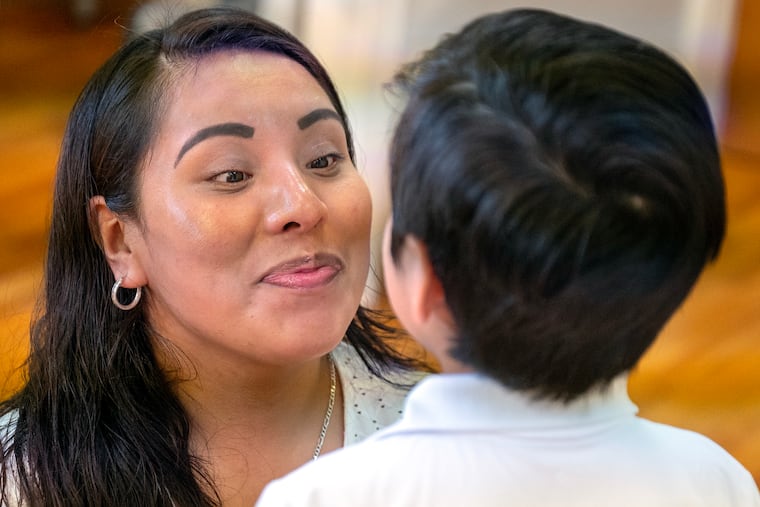Released from ICE detention in Pennsylvania, former detainee reflects on fellow women still held in custody.
Andrea Lozano-Alanis, a 31-year-old undocumented immigrant, was released from an ICE detention facility more than a week ago, yet a significant part of her emotional burden lies with the women she left behind in custody. Many of these women remain isolated at the Moshannon Valley Processing Center, with some having been detained for months. On a daily basis, they reach out to Lozano-Alanis for encouragement, while others have succumbed to despair, opting for deportation instead of continuing their fight to remain in the United States.
Lozano-Alanis came to the U.S. from Mexico in 2017, seeking better job opportunities and a chance for a more fulfilling life. A mother to a 7-year-old son diagnosed with autism, her struggle extends beyond her own desires to stabilize her family’s future and secure her place in the country. Her journey began with hope, which has been challenged by the current U.S. immigration climate under the Trump administration, which has intensified deportation efforts, contributing to a 15% increase in ICE detentions within a single month.
Her personal ordeal began when she was arrested on June 3, following an alleged incident involving her car and that of a former partner. Despite her bail being set at ,000, she was taken into ICE custody after Montgomery County jail officials detained her to comply with an ICE hold request, despite having met her bail conditions. This sparked significant public outcry and advocacy from community groups, leading to a reform in the county’s detention policies.
Upon her release from the Moshannon facility after 18 days, Lozano-Alanis expressed relief that subsequent detainees would no longer face the same unjust treatment, having fought not only for herself but also for others in similar circumstances. The policy change now requires ICE to present a judicial warrant before detaining individuals who have fulfilled their bail obligations.
Lozano-Alanis’s experience highlights the emotional turmoil many detainees endure, particularly when separated from their children. She recounts the anguish of her son questioning her absence, which underscores the psychological toll of immigration detention. Though she has regained her freedom, she now contends with impending federal deportation proceedings.
Amidst this uncertainty, Lozano-Alanis is determined to advocate for a more inclusive and supportive environment for immigrants, urging local officials to adopt welcoming policies even as she navigates her own challenging reality. As she aspires to rebuild her life and care for her son, she reflects on the unity needed to support others still detained, aiming to foster hope among those who feel lost within an increasingly hostile immigration system.







